The Vickers Machine Gun at work on German positions.
NX25016 Pvt. Barrie Rymer and NX21498 Pvt. Paul Cullen of the 9th Divisions' Machine Gun Regiment fire their Vickers Machine Gun at German positions. This particular gun crew fired this gun at the German positions for two whole days. The spent cartridges burnt their hands and arms and they even used water from their own personal issue to keep the gun cool so that it would remain in action.
At the time of this action in 1942 the Vickers Machine Gun had been in service with allied forces for 30 years. It was water cooled, which meant it was heavier than air cooled machine guns and relied on a ready supply of water. The reservoir around the gun's barrel held 4.3 metric litres of water which boiled in the jacket around the barrel. This then converted to steam, which ran out a rubber hose at the back of the gun into a metal can to condense where it could be poured back into the jacket.
Whilst impractical in a desert environment the entire closed nature of the cooling system meant that there was no telltale steam emissions from the gun when fired allowing a Vickers crew to keep firing from fixed positions for longer before being given away. The constant need for water was a problem with many crews resorting to measures from using their own personal drinking water to urinating in the jacket. Any spare liquid would be pressed into service to cool a raging Vickers gun in action.
There was an action documented during WW1 at High Wood on 24th August, 1916 where a British Vickers gun regiment was tasked with keeping a large open area 2,000 yards away covered with suppressing fire for a period of 12 hours to ensure that the German infantry didn't form up for a large scale attack. Two entire infantry companies (several hundred men) were allocated to support these 10 guns with water, ammo and spare parts for the duration of the action.
Between them, and over the allotted 12 hour period, these 10 Vickers Guns fired one million rounds at the Germans. Barrels were changed every hour, a process that took a well trained crew two minutes and at the end of firing not one Vickers had broken down. It's easy to see then that the men pictured above could have easily fired for such an extended period.
With this kind of reliability it's no wonder the Vickers was used extensively in the desert by the 9th Division in spite of all it's inherent impracticalities.
image 041953 Australian War Memorial.
WW1 Vickers Gun anecdote source;
"Weapons & War Machines." by Ian V. Hogg & John Batchelor. London: Phoebus, p. 62 (1976).

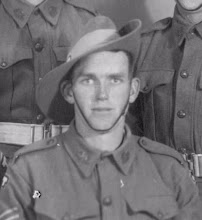



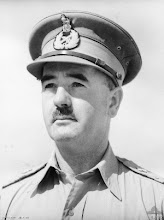
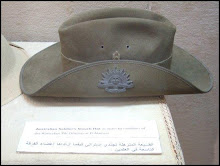
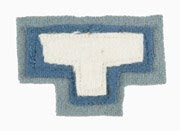
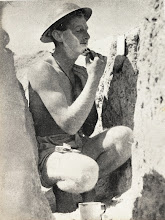
No comments:
Post a Comment